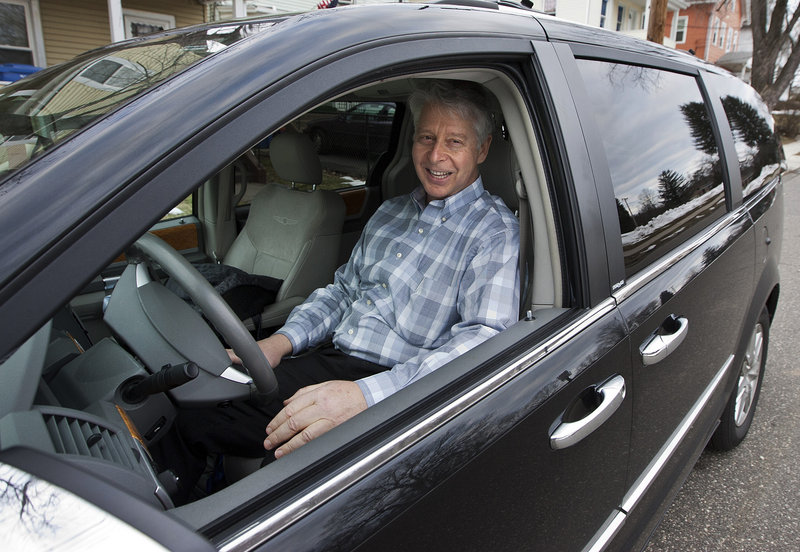MERIDEN, Conn. – At any time of the day or night, James Casso can get a call asking him to pick up a body.
Casso was hired to collect and prepare bodies for Quinnipiac University’s Frank H. Netter School of Medicine. Donated cadavers are used by first-year medical students for dissection, helping them better understand the human body. The program begins for medical students in September, but bodies have to be collected and stored now for those classes.
From 1992 until two months ago, Casso, of Meriden, held a similar job with the University of Connecticut. He’s put thousands of miles on his van, traveling primarily to homes to pick up the recently deceased cadavers of those who have donated their bodies to scientific study.
“A lot of people realize the benefits of donating a body,” Casso said. “There are benefits besides financial. I think they feel good, knowing they’re helping a future doctor.”
Despite advances in computer models of anatomy, doctors benefit from interacting with a real body, Casso said: “There’s no substitute for the actual tissue.”
One of Casso’s first jobs while in high school was washing hearses for a Meriden funeral home. He later worked as a mortician at 15 funeral homes. That work was similar to his job at UConn and involved both the social skills required when dealing with grieving family members and the scientific knowledge needed to prepare and preserve bodies.
“I like the diversity,” Casso said of his job. “I wouldn’t want do the same job all day long.”
The mortician was described as a “consummate professional” by Bruce Koppen, dean of the Netter School of Medicine, who was also Casso’s boss at UConn.
“We were very, very lucky” to be able to hire him, Koppen said.
The anatomy program will take place at Quinnipiac University’s North Haven campus. Medical students at Quinnipiac have been traveling to Yale University for dissections.
“Quinnipiac hasn’t had its own human anatomy program up to this point,” Koppen said.
The anatomy program doesn’t advertise, Casso said, and depends mostly on word of mouth to get donations. People will sign up for the program and after their death, the next of kin will call Casso.
With the increasing popularity and affordability of in-home hospice care, more and more of Casso’s trips are to people’s houses rather than to hospitals or funeral homes. He said he’s a one-man operation, taking the call from relatives and going to pick up the body alone in his personal van — “as awkward as it is to put groceries (afterward) in the back of my van,” he said.
Casso, 60, said carrying a body alone can be awkward, too, though he sometimes gets help from relatives, who are usually in a hurry for him to take away the cadaver. “A minute’s like an hour when there’s a dead body in your house,” Casso said.
So what’s the hardest part of his job? Saying “no” to a family that wants to donate a body.
If a cadaver is too obese or too thin or has other abnormalities, it won’t be suitable. Most bodies are accepted, though.
“We never have enough,” Casso said.
Donated bodies are later cremated by the university, so families can save thousands by donating. However, bodies taken by the university won’t be available for viewing hours or a regular funeral. “We know it’s a sacrifice for a family,” Casso said.
At the end of the school year, a funeral is held for the cadavers used in classes and the ashes are given to the families. The service provides a sense of closure for those families and shows respect for those who have donated their bodies.
“People realize how much we appreciate these gifts,” Casso said.
Send questions/comments to the editors.



Success. Please wait for the page to reload. If the page does not reload within 5 seconds, please refresh the page.
Enter your email and password to access comments.
Hi, to comment on stories you must . This profile is in addition to your subscription and website login.
Already have a commenting profile? .
Invalid username/password.
Please check your email to confirm and complete your registration.
Only subscribers are eligible to post comments. Please subscribe or login first for digital access. Here’s why.
Use the form below to reset your password. When you've submitted your account email, we will send an email with a reset code.